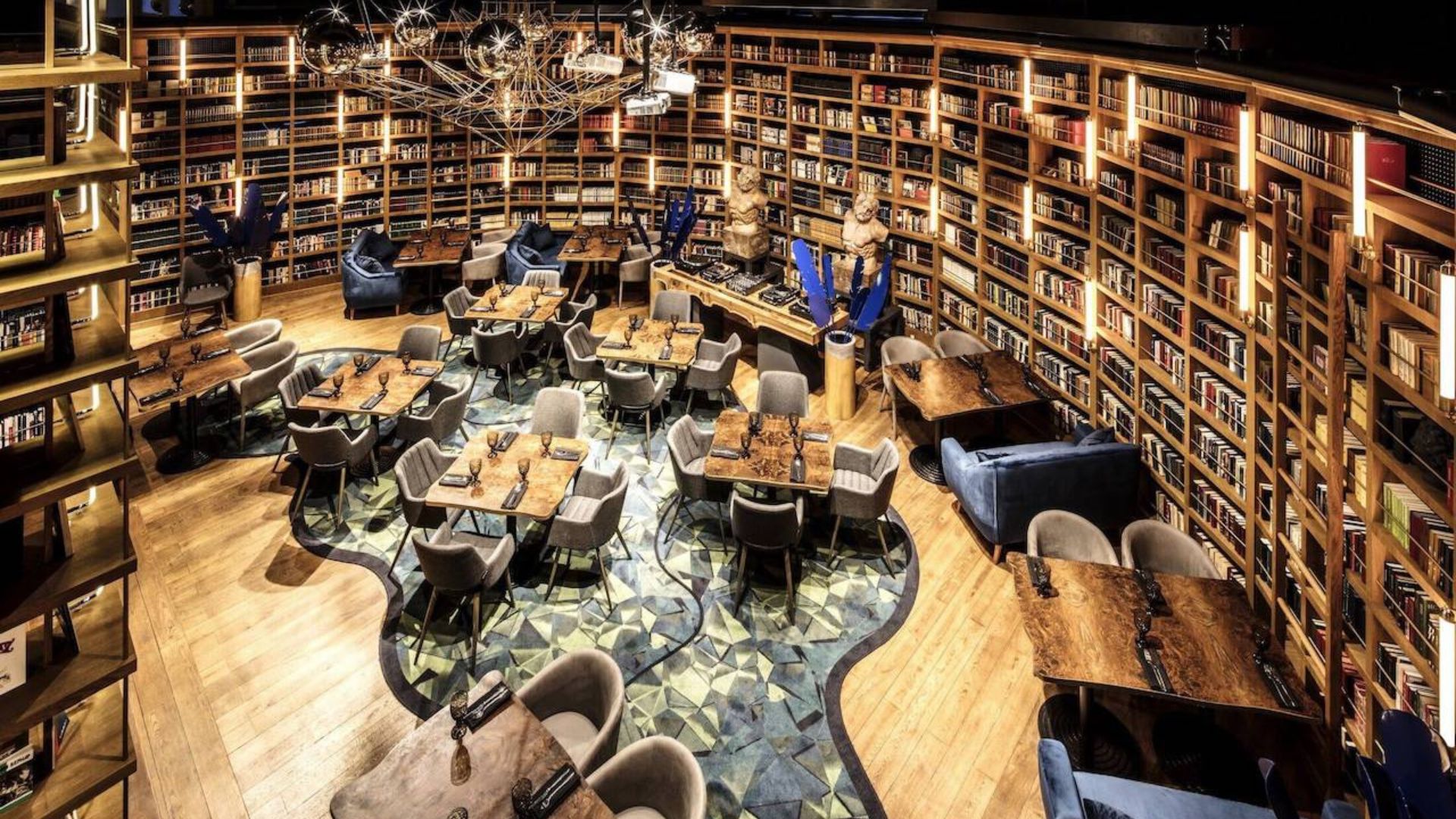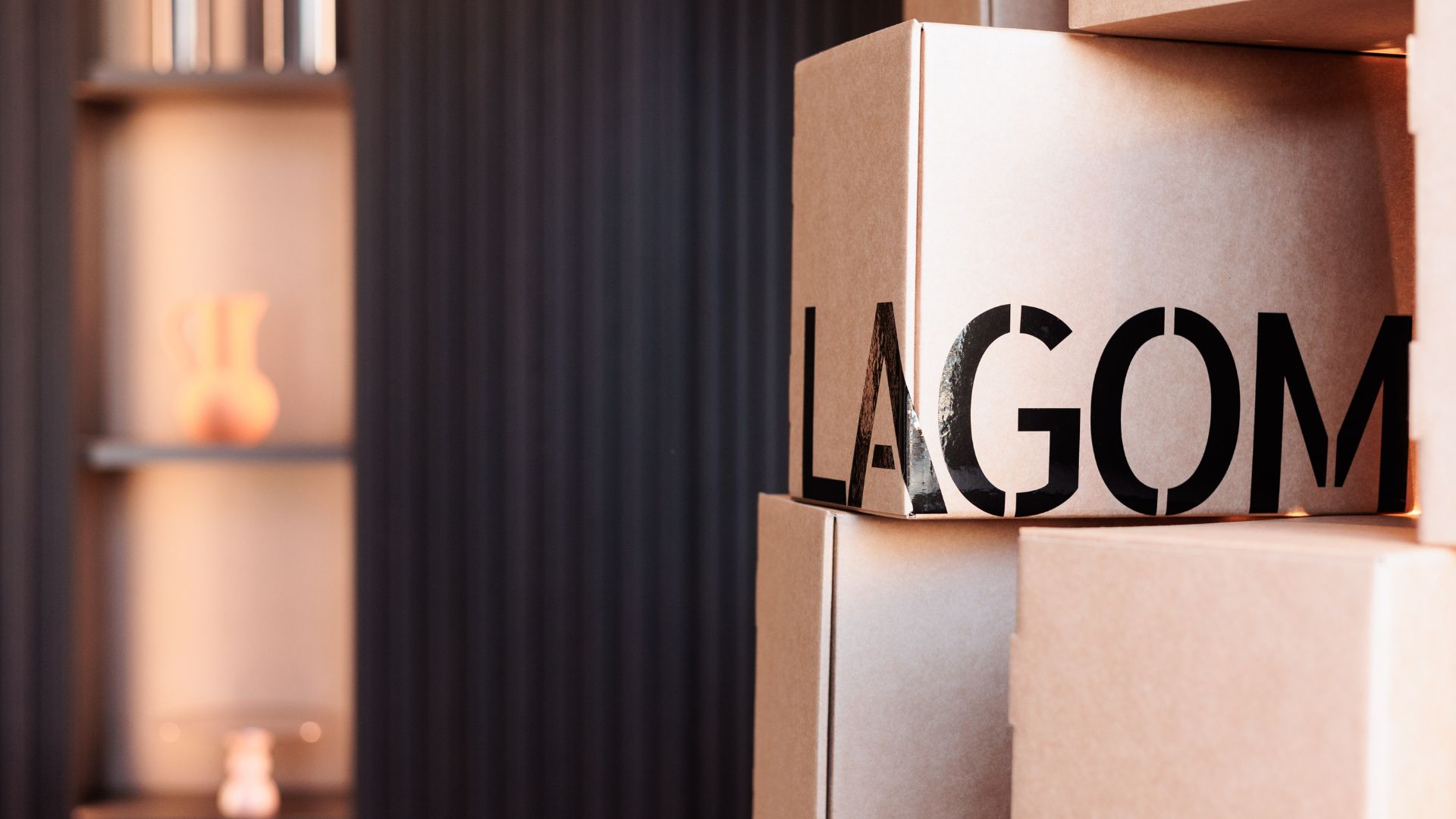THE LINK, a “conscious” vertical city-forest for 200,000 people
Architecture firm Luca Curci Architects presents THE LINK, a “conscious” city-forest for 200,000 people that aims to rise above the challenge of population density through vertical expansion and economic innovation.

THE LINK is a self-sustainable city-forest, that will absorb CO2, produce oxygen for cleaner air, and increase urban biodiversity. The project will have interconnected communities’ programs, no suburbs and will be less poverty oriented.
With its 300 floors, THE LINK will reach a maximum height of 1200 meters. The project combines sustainability with population density, and it aims to build up a zero-energy city-building. The city-forest is made of 4 main towers, connected to each other, equipped with green areas on each level, natural light, and ventilation. It will also contain 100% of green transport systems.
The vertical city allows its residents to get into a healthier lifestyle, connect with natural elements, re-thinking the traditional concept of community and society.

Using an urban operating system with an AI (Artificial Intelligence), the vertical city will be able to manage the global city temperature, levels of CO2, and humidity. It will control the global lighting system and will store extra energy produced by solar panels and other renewable energy resources.
“The first smart city “conscious oriented”, that will prevent urban sprawl, produce and store energy, improve air quality, increase urban biodiversity, and create a healthier lifestyle,” says architect Luca Curci.
Why THE LINK
Half of humanity, 3.5 billion people, live in cities today and 5 billion people are projected to live in cities by 2030. The world’s cities occupy just 3 percent of Earth’s land but account for 60-80 percent of energy consumption and 75 percent of carbon emissions.
Climate change is now affecting every country on every continent. It is disrupting national economies, communities, and countries today and even more tomorrow. Weather patterns are changing, sea levels are rising, weather events are becoming more extreme and greenhouse gas emissions are now at their highest levels in history.

Urban sprawl, the rapid expansion of the geographic extent of cities and towns, is often characterized by low-density residential housing, single-use zoning, and its increasing reliance on private mobility for transportation. Urban sprawl has been correlated with increased energy use, pollution, and traffic congestion and a decline in community distinctiveness and cohesiveness.
The suburbanization of poverty is one of the most important demographic trends of the last 50 years. Poverty rates across the suburban landscape have increased by 50 percent since 1990.
THE LINK city-forest with a multi-level vertical urban planning will prevent urban sprawl while bringing trees, shrubs, and plants closer to everyday life.
The urban system
THE LINK’s urban system is planned to incorporate smart city technologies and to connect more than 200,000 people, with a total volume of 14.500.000 cubic meters, and green areas of over 1.200.000 square meters, dividing the city into functional areas.
The city-building consists of 4 buildings, each of them with different destinations. The tallest building with its 1200 meters of height and 300 floors, will host apartments, villas, common areas, and services, with green areas, private and public gardens.
The main residential tower is connected to the other three buildings, from 650 to 850 meters of high, that will host offices, government departments, healthcare facilities, and educational institutions, including all levels of schools and universities.

The interconnected system will also work as a tourist destination, more oriented to lifestyle amenities such as hotels, wellness and spa centers, sports centers, shopping malls, bookshops, and leisure attractions. THE LINK will host more than 120,000 trees and 2 million plants of over 150 species, improving the air quality, absorbing CO2, and improving the biodiversity of living species.
“THE LINK vertical city-forest is a sustainable ecosystem for living and working”, said architect Luca Curci.
The vertical city-forest, with a high-density forestation, is designed to reduce indoor and outdoor temperatures, absorb CO2 and dust while producing oxygen for cleaner air. Several renewable energy resources, such as wind and solar panels are also incorporated, energy storage solutions will be included as well as food production and farming that follow a zero-waste policy resulting in a healthier lifestyle.

Farming is integrated with social space and will enable communities to provide their own food and be self-sufficient. Every building will include a community framework for living, including water baths, markets, spiritual and cultural hubs.
It is possible to reach THE LINK by land or by air. The basement is equipped with external and internal docks for pedestrians and public electric transports. Moreover, the tower is provided with drone ports connected with the upper garden-squares of each tower and vertical linking-installations.
The “conscious oriented” smart city
Using an urban operating system with AI (Artificial Intelligence), THE LINK vertical city will be connected with each side of itself, from apartments to offices, from common to green areas. The operating system will be able to manage the global city temperature, levels of CO2 and humidity thanks to an innovative cooling system. It will also control the global lighting system and will store extra energy produced by solar panels and other renewable energy resources, enabling advanced analytics and reporting across city-wide functions.

THE LINK vertical city-forest will be the first “conscious oriented” smart city, that will prevent urban sprawl, produce and store energy, improve air quality, increase urban biodiversity, and create a healthier lifestyle. It will be presented in several cities of the world, with the aim of opening a dialogue with institutions and private investors.
“Cities will shape our future” says architect Luca Curci.















